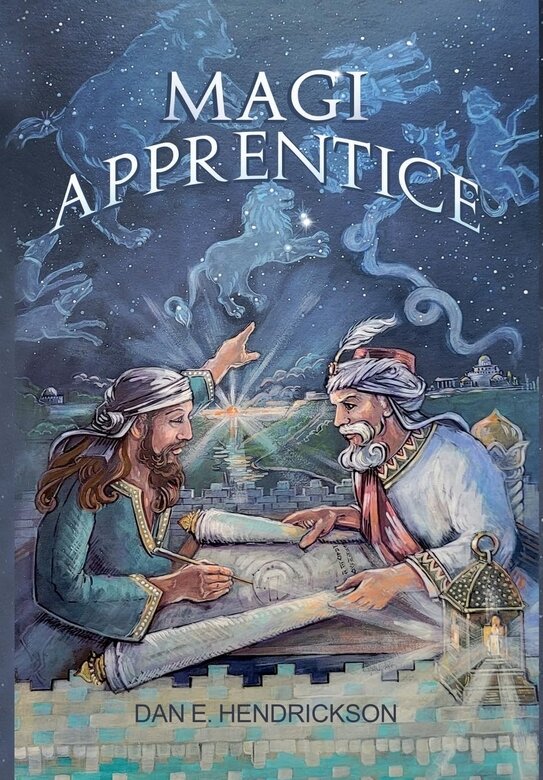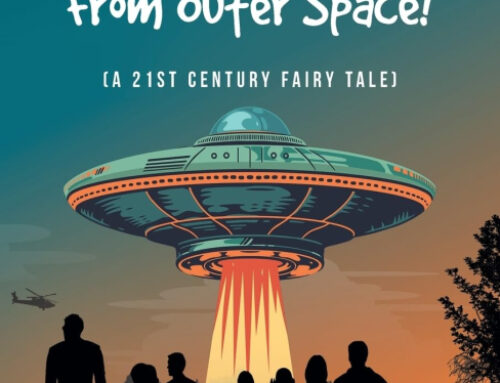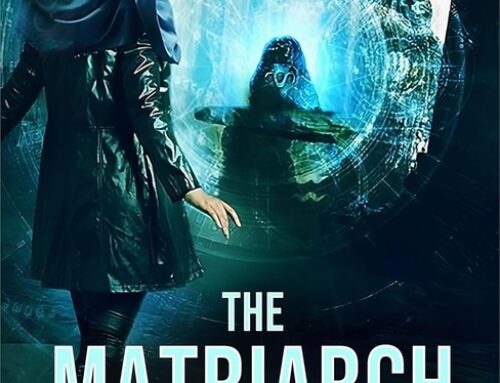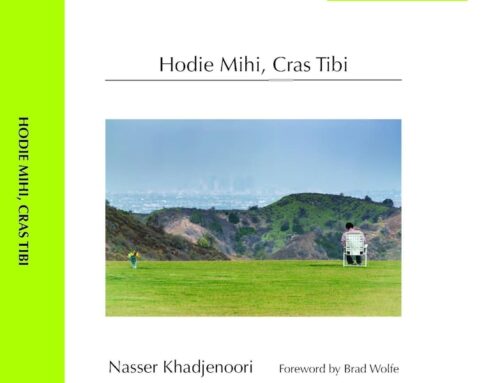
A narrative clash of mysticism, science, geopolitics, and biblical lore, Magi Apprentice by Dan E. Hendrickson is a unique piece of historical fiction, exploring the religious sects, governments, and individuals who likely played a part in the star-driven journey to the birthplace of Jesus.
Rassan is a young military officer and friend to Prince Phraates, heir to the Parthian Empire. When a rogue magi embarks on a secret pilgrimage to Jerusalem, through Parthian lands, Rassan is sent to meet him on the road, only to find that his caravan has been attacked by bandits. The magi’s final wish sends Rassan on a quest as an emissary to Babylon with 600-year-old sacred star charts in hand. However, numerous schemers and magicians in the Parthian court would prefer to see his mission fail, and set plans in motion to undermine his task.
Studying under the strictest sect of magi in the land, Rassan learns a great deal from Headmaster Daraya-Vous, along with his precocious assistant, Arsam, they begin to decipher the ancient star charts, tracking the mysterious arrival of one who would save the world. Even as the signs and stars begin to align for Rassan’s role in this long-awaited arrival, conspirators from the past threaten not only Rassan’s safety on his fated journey to Israel, but the stability of the entire Parthian Empire.
To create a piece of historical fiction with this much depth, a great amount of research was clearly required, both of the biblical source material itself and other analyses of the relevant historical and spiritual events. The author’s familiarity with the time period, political landscape, cultural norms, alliances, loyalties, significant figures, and even astronomy helps create an immersive and riveting novel that goes far beyond a Christian nativity prequel. There are philosophical and mystical elements scattered throughout the prose as well, but unlike dogmatic religious parables or works of Christian fiction, this story does not shy away from the ideological and spiritual differences that existed at that time, across different cultures, geographies, and histories.
The language Hendrickson chooses is just as critical to authentic storytelling, and he has a patient yet keenly descriptive eye for setting and character, which leads readers eagerly through this winding tale. This is especially apparent in the crafting of his lead character, who so clearly represents the volatility of the period. Magic and science held even footing in those times, and while Rassan has the logical mind of a scholar, he is also a devout believer in the unknown, making him an ideal protagonist at the heart of the novel.
While the storyline and character are well-crafted, the prose is sometimes inconsistent in its formality, and there are scattered anachronisms (e.g. “prat on about”) that can feel jarring in a setting more than two millennia in the past. The dialogue has similar idiomatic or heavy-handed moments that don’t quite capture the context believably. A thorough proofread is recommended to eliminate these scattered moments that can pull readers out of the narrative illusion.
Aside from these small critiques, this is an enthralling read; whether you are a devotee of astrological signs and the zodiac, a religious scholar, a history buff, or someone who simply enjoys character-driven drama, Hendrickson delivers an original experience in this richly rewarding biblical backstory.
Book Links
STAR RATING
Design
Content
Editing
Get an Editorial Review | Get Amazon Sales & Reviews | Get Edited | Get Beta Readers | Enter the SPR Book Awards | Other Marketing Services























Leave A Comment